
Artificial Intelligence
Cooperative MEC With Non-Uniform User Density: Resource Planning and State Control Optimization
Mobile edge computing (MEC) allows mobile devices to offload computationally intensive tasks to nearby base stations equipped with computational resources. MEC also provides a solution for supporting low latency responses. However, MEC increases the system power consumption by adding extra computational units. It is important to carefully plan computational resources to achieve a balance between quality of service (QoS) and power consumption. Moreover, the MEC system control should shut down unused resources when traffic rates fall to further decrease the power consumption. In this letter, we
SSHC with One Capacitor for Piezoelectric Energy Harvesting
Piezoelectric vibration energy harvesters have attracted a lot of attention as a way to power self-sustaining electronic systems. Furthermore, as part of the growing Internet of Things (loT) paradigm, the ongoing push for downsizing and higher degrees of integration continues to constitute major drivers for autonomous sensor systems. Two of the most effective interface circuits for piezoelectric energy harvesters are synchronised switch harvesting (SSH) on inductor and synchronous electrical charge extraction; nevertheless, inductors are essential components in both interfaces. This study

Investigative Review of Design Techniques of Parabolic Trough Solar Collectors
Parabolic trough solar collectors (PTCs) are among the most cost-efficient solar thermal technologies. They have several applications, such as feed heaters, boilers, steam generators, and electricity generators. A PTC is a concentrated solar power system that uses parabolic ref lectors to focus sunlight onto a tube filled with heat-transfer f luid. PTCs performance can be investigated using optical and thermal mathematical models. These models calculate the amount of energy entering the receiver, the amount of usable collected energy, and the amount of heat loss due to convection and radiation
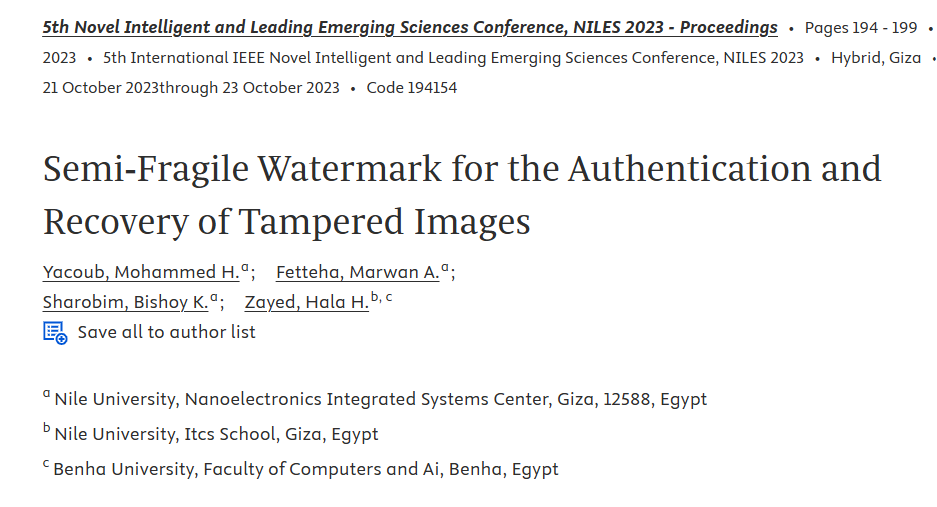
Semi-Fragile Watermark for the Authentication and Recovery of Tampered Images
In order to strengthen the safety of corporate multimedia assets, a semi-fragile watermarking method is developed, which makes use of the integer wavelet transform (IWT) and the discrete cosine transform (DCT) for tamper detection and recovery. In this paper, we produce two distinct kinds of watermarks: an authentication watermark and a recovery watermark. A tamper detection methodology is utilized at the receiving end to check the watermarked image for validity and detect any assaults. If the changes are determined to be malicious, the suggested tamper recovery method is used to restore the

Providing a labeled statements dataset to enhance the trans-compilation-based tools
Nowadays Mobile Applications are a necessity as everyone is depending on them in their everyday tasks. We use them for communication, entertainment, and utilities. Every day new devices are introduced to the market. The diversity in these devices resulted in many platforms like Android and iOS. These different mobile platforms used by different companies and manufacturers made it challenging for mobile developersto build an application or a system that can be deployed on different platforms. Developers will be required to go through multiple development cycles to develop the application for
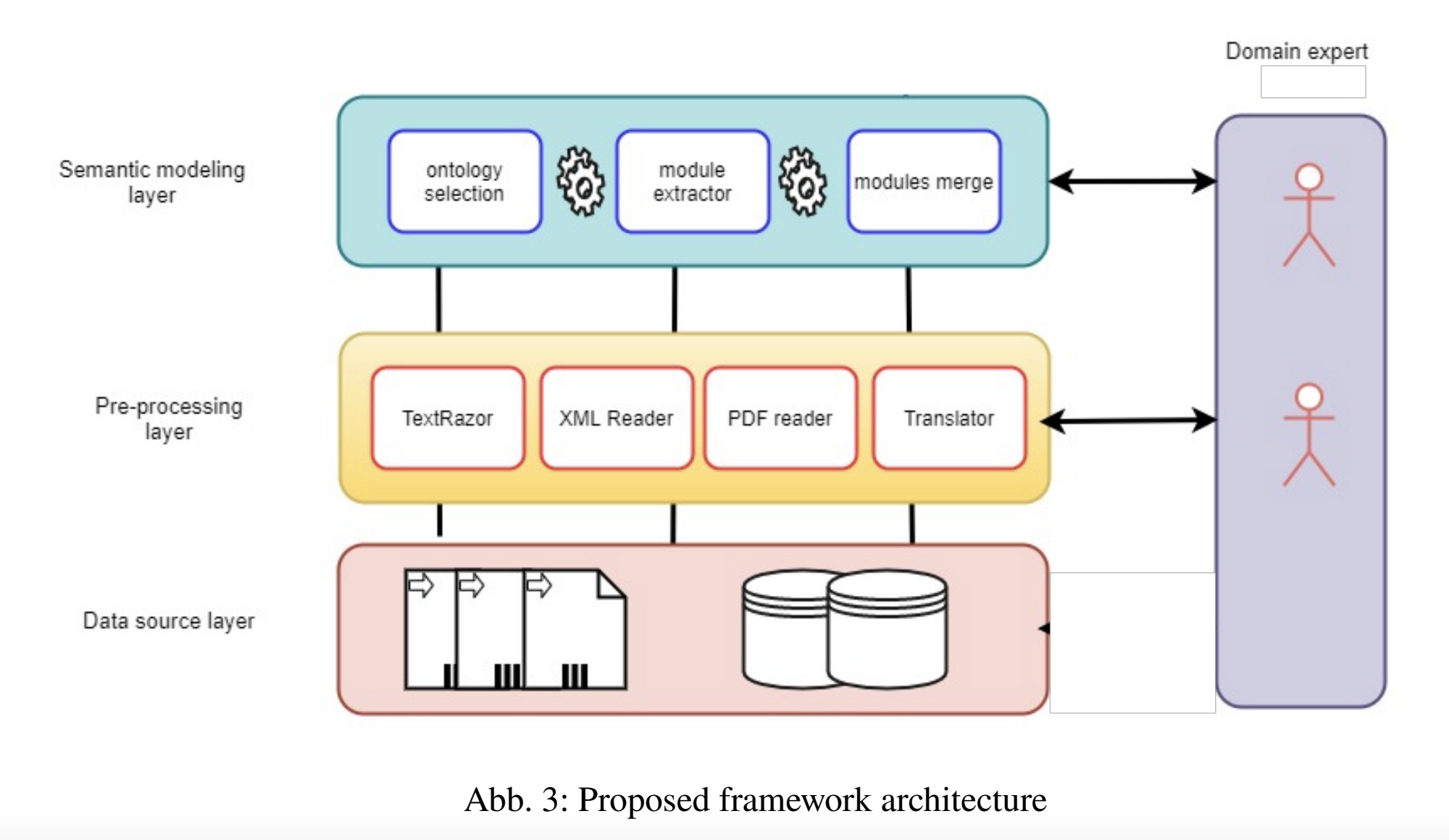
A Core Ontology to Support Agricultural Data Interoperability
The amount and variety of raw data generated in the agriculture sector from numerous sources, including soil sensors and local weather stations, are proliferating. However, these raw data in themselves are meaningless and isolated and, therefore, may offer little value to the farmer. Data usefulness is determined by its context and meaning and by how it is interoperable with data from other sources. Semantic web technology can provide context and meaning to data and its aggregation by providing standard data interchange formats and description languages. In this paper, we introduce the design
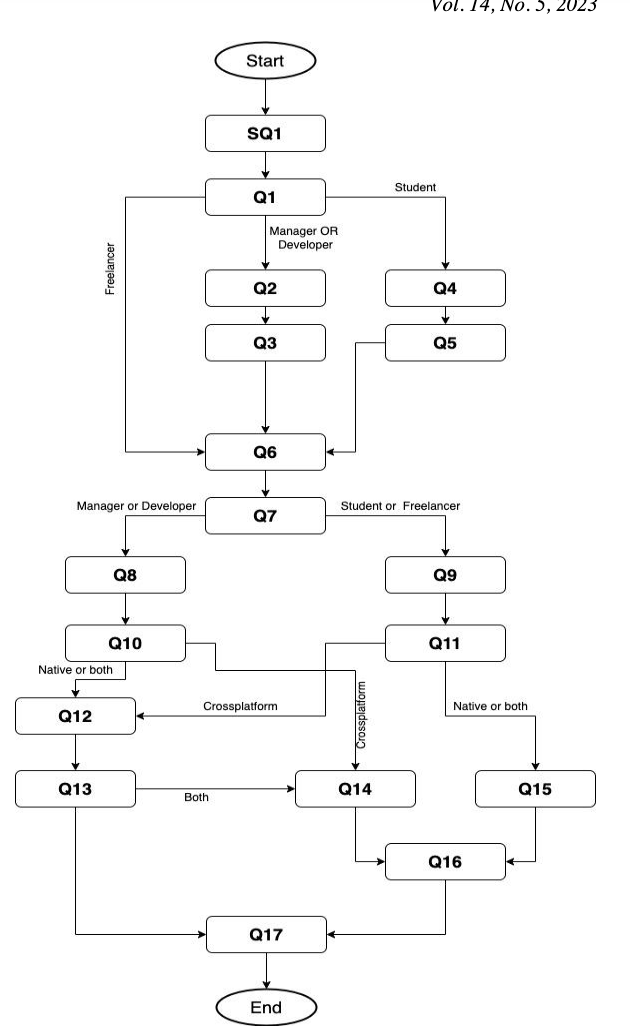
Industrial Practitioner Perspective of Mobile Applications Programming Languages and Systems
The growth of mobile application development industry made it crucial for researchers to study the industry practices of choosing mobile applications programming languages, systems, and tools. With the increased attention of cross-platform mobile applications development from both researchers and industry, this paper aims at answering the question of whether most of the industries are using cross-platform development or native development. The paper collects feedback about industry’s most used mobile development systems. In addition, it provides a map of the different technologies used by
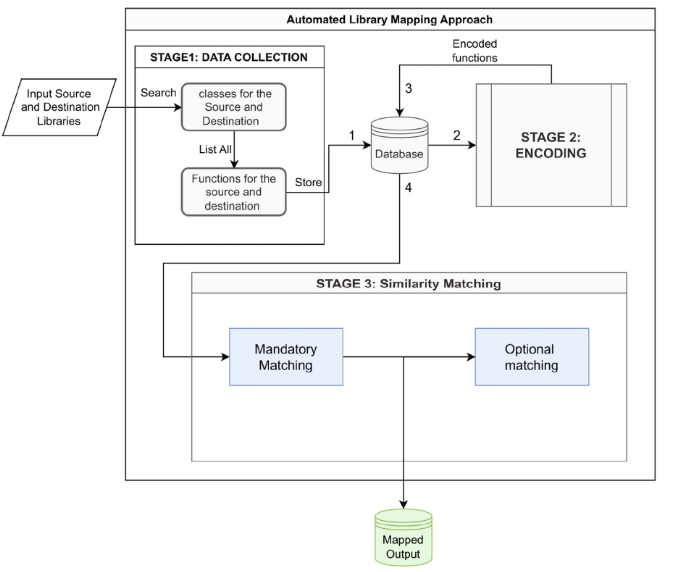
Automated library mapping approach based on cross-platform for mobile development programming languages
Context: The most popular mobile platforms, Android and iOS, are traditionally developed using native programming languages—Java and Kotlin for Android, and Objective-C followed by Swift for iOS, respectively. Due to their popularity, there is always a demand to convert applications written for one of these two platforms to another. Cross-platform mobile development is widely used as a solution where an application is written once and deployed on multiple platforms written in several other programming languages. One common cross-platform approach that has been used recently by some research
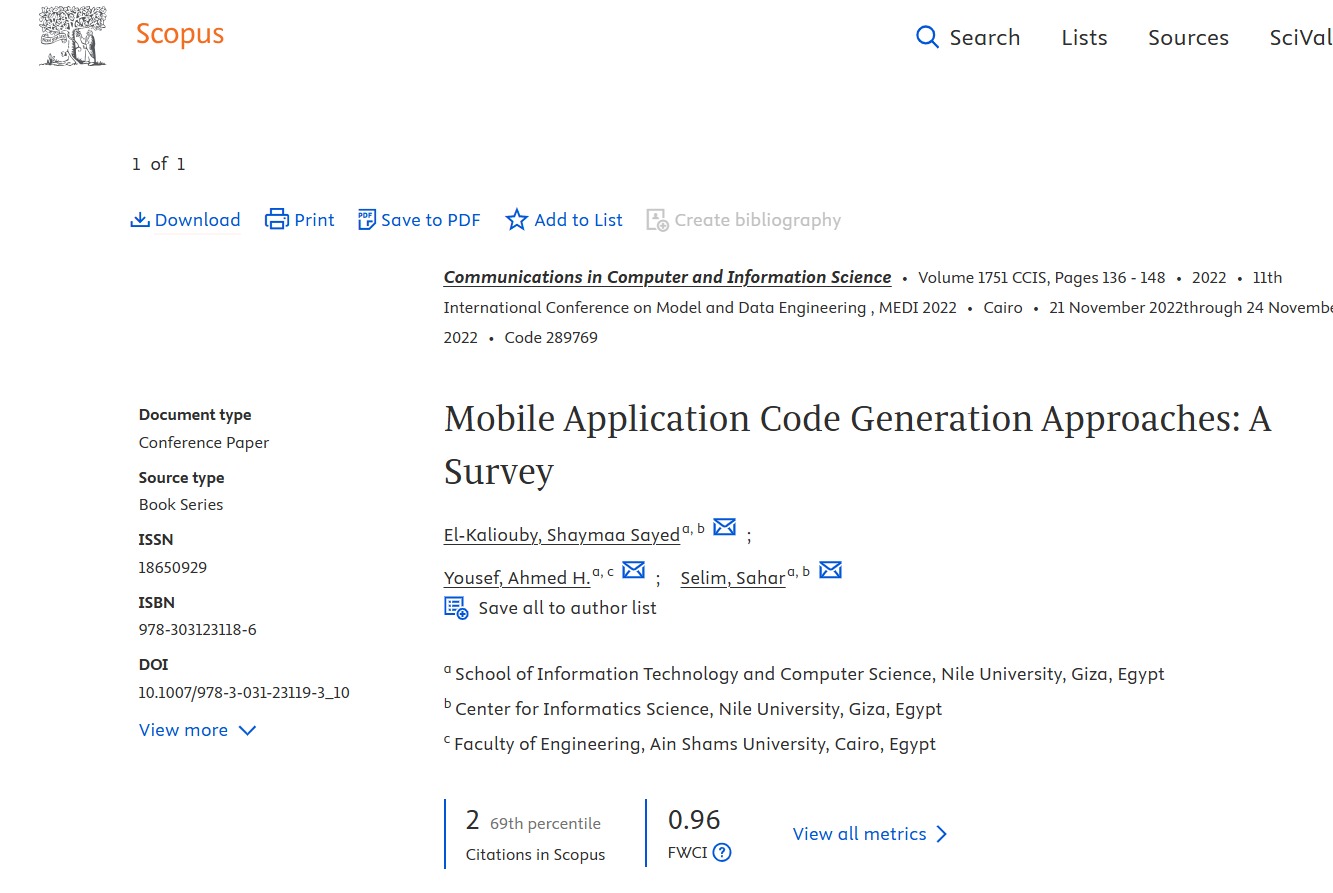
Mobile Application Code Generation Approaches: A Survey
With the extensive usage of mobile applications in daily life, it has become crucial for the companies of software to develop applications for the most popular platforms such as Android and iOS in the shortest possible time and at the lowest possible cost. However, ensuring consistent UIs and functionalities among cross-platform versions can be challenging and costly since different platforms have their own UI controls and programming languages. Also, when cross-platform tools are used, it is always time consuming to learn a new language. Many solutions were proposed to achieve the native
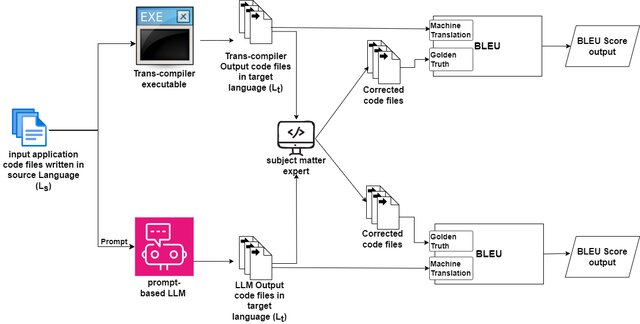
Trans-Compiler-Based Conversion from Cross-Platform Applications to Native Applications
Cross-platform mobile application development is emerging widely in the mobile applications industry. Cross-platform Frameworks (CPFs) like React Native, Flutter, and Xamarin are used by many developing companies. The technology these frameworks use faces performance and resource use efficiency limitations compared to native applications. The native applications are written in the native languages of the platforms. Trans-complier-based conversion between native languages of different platforms of mobile applications has been addressed in recent research. However, the problem statement needed